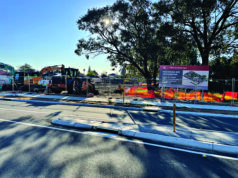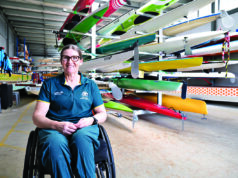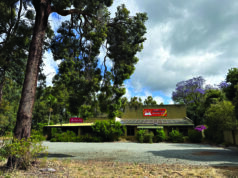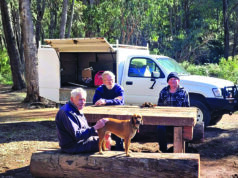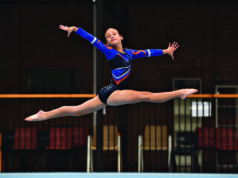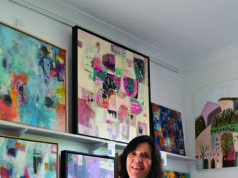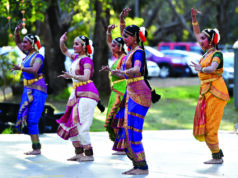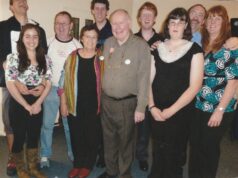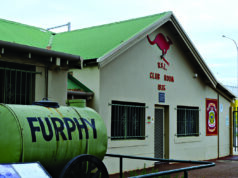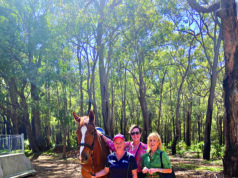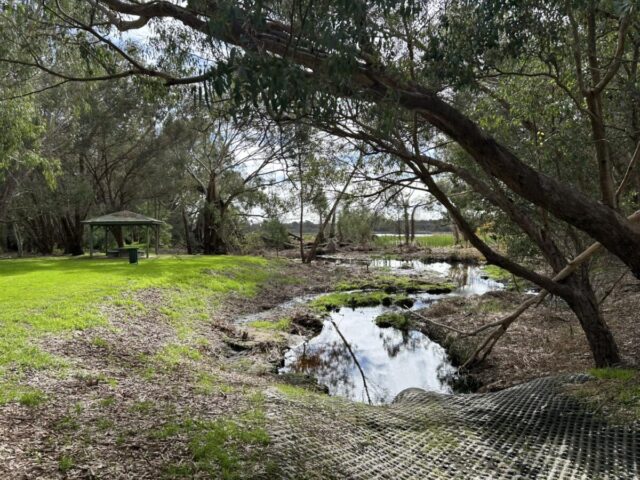
Riverton residents puzzled by recent clearing at Adenia Park have been assured the works are part of a major project to restore the health of the Canning River.
Councillor Ben Kunze said he had been contacted by locals asking why vegetation had been removed from the popular park.
In a social media post, he said the clearing was part of the ‘Cleaning up the Canning’ program and aimed at removing weeds such as blackberry and Typha.
“Whilst it looks different at the moment, the works are part of a programme to improve the health of the regional park, which will be a fantastic outcome,” he said.
The clearing is being carried out under the ‘Cleaning up the Canning’ program, coordinated by the South East Regional Centre for Urban Landcare (SERCUL) with support from the City of Canning, other local councils and the Department of Biodiversity, Conservation and Attractions.
SERCUL Chief Executive Officer Amy Krupa said the saltmarsh at Adenia Park is a threatened ecological community that plays a vital role in storing carbon and supporting biodiversity.
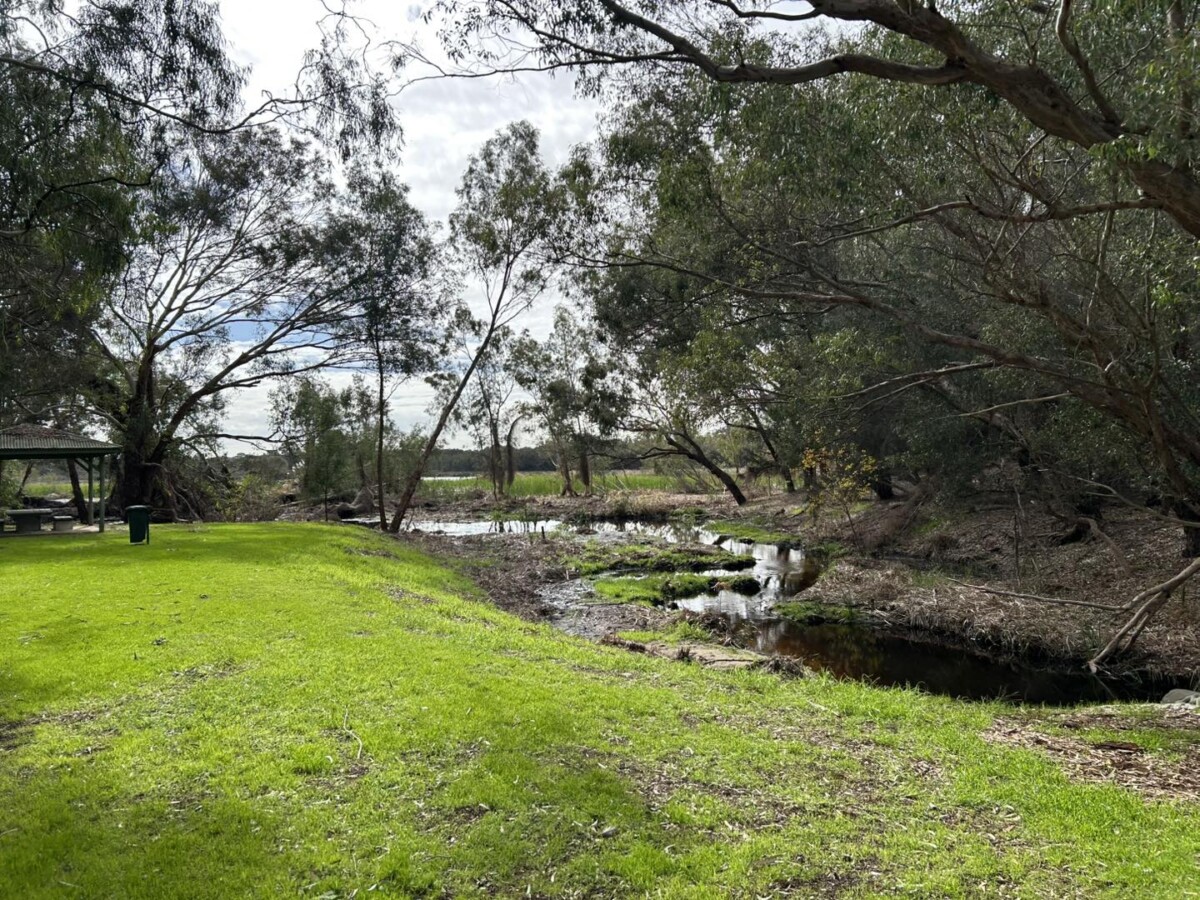
She said introduced couch grass had formed dense mats that reduced tidal flow, while invasive weeds including blackberry, morning glory and giant reed had displaced native plants.

“Removing these weeds and restoring tidal connectivity will allow native plants to regenerate and return the ecosystem’s ability to filter water, absorb floods, protect shorelines and provide habitat for wildlife,” Ms Krupa said.
She added that halting degradation would also stop carbon release from the soil and restore the marsh’s ability to store carbon.
More than 40,000 native sedges grown from local seed will be planted at the site by 2026, with further revegetation in 2027 once weed control is complete.
City of Canning Mayor Patrick Hall said the project had already drawn positive community feedback. “By removing invasive species and restoring native vegetation, we are creating healthier ecosystems and more enjoyable places for the community now and into the future,” he said.
Residents can also play a part by keeping weed seeds and nutrients out of drains, sticking to designated paths in the regional park, and joining community planting days.


